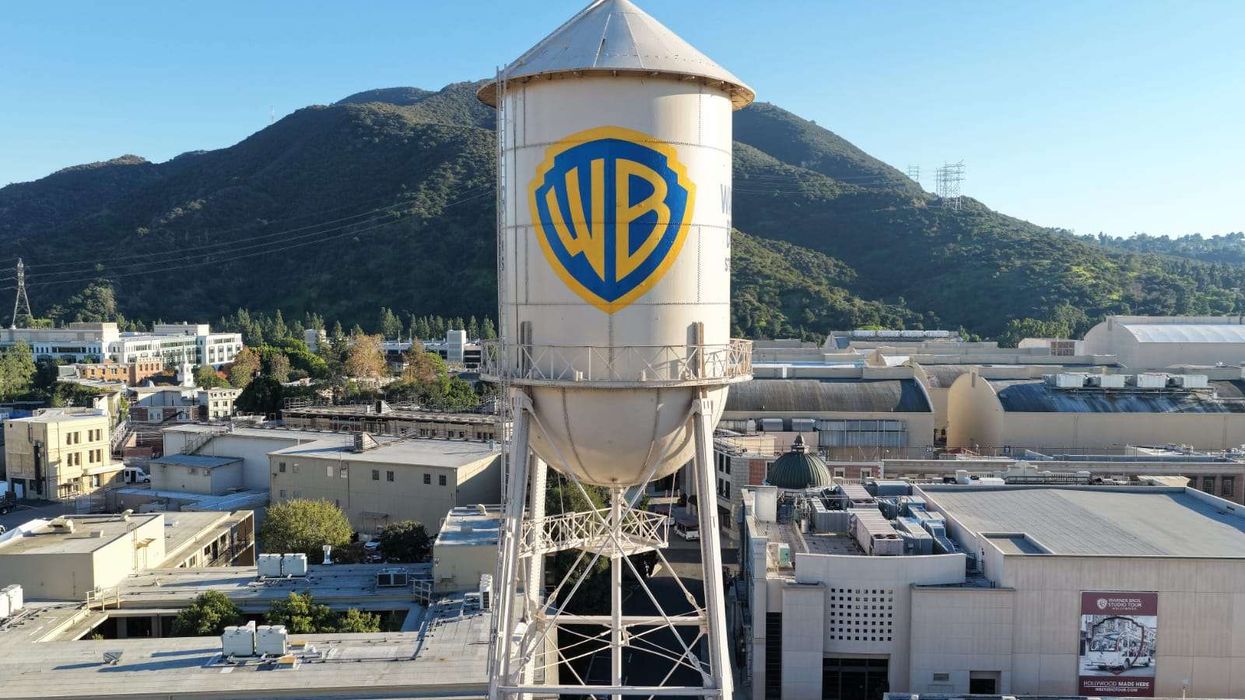By Nadeem Badshah
THE drive of local entrepreneurs and curry restaurants has led to Bradford being named the UK’s most improved city, experts believe.
The West Yorkshire city was once notorious for race riots in 2001, a long-delayed shopping centre and high levels of unemployment.
However, research by PricewaterhouseCoopers and think tank Demos put it top of the charts ahead of Liverpool, Norwich, Newcastle and Cardiff. And researchers hailed Bradford’s better work-life balance, more pleasant environment and residents’ better health.
There has also been a drop in unemployment, from 10 per cent in 2015 to 4.1 per cent last year, and an increase in the number of skilled workers.
The city – where one in five people are of Pakistani origin – is now famous for having Britain’s oldest concert hall in Britain St George’s Hall and Bradford Broadway shopping centre.
Naz Shah, Labour’s parliamentary candidate for Bradford West, said the accolade is a testament to the fantastic work taking place across the area.
She told Eastern Eye: “Bradford over recent years has celebrated the rich diversity this city inherits, rather than to hide away from it. Alongside this, the city’s growing young population has also been a focal point in transforming the image of Bradford.
“Bradford is inclusive, diverse and young and we are proud of it.”
The study said Oxford was the most attractive city in the country, followed by Reading, Southampton, Bristol and Milton Keynes.
The index ranks urban areas with populations of more than 250,000 on ten measures including high-quality jobs, distribution of income, affordable housing, transport networks and the local environment.
The highest ranked big city this year was Bradford’s neighbour Leeds, which came in 11th.
Usman Younas, who runs Watan Supermarket in Bradford, told Eastern Eye: “A lot of people have bad things to say because of the stereotypes, negative press, social media – but what actually happens here is a different thing.
“The amount of businesses is quite high compared to other places, there is a takeaway or cash and carry on each corner, it’s densely populated with businesses – people come far and wide for food, shisha, getting their car done, clothes.
“They employ people from different backgrounds, I have Hungarians, Indians, Pakistanis working for me. The councillors and local MPs are always out doing something, they are very welcoming. People are always looking for work, a lot are in poverty; they don’t want to sit on their backside.”
Famous British Asian Bradfordians include singer Zayn Malik; Naveed Ikram, the first Muslim woman to become a Lord Mayor in the UK; England cricketer Adil Rashid; and TV presenter Anita Rani.
The city also has a thriving arts scene with an annual literature festival, a National Science and Media museum, and Salts Mill, a refurbished former mill that also houses a collection from painter David Hockney.
Professor Mahendra Patel grew up in Bradford and said its location in the valleys and size made it a unique place.
The honorary visiting professor in pharmacy for the University of Bradford said: “It has become more diverse, it has brought unique cultures that other cities can look towards.
“Also the different religious practices, the large eclectic mix in schools and universities. The recession, the turbulence and unrest, it has gone through that and bounced back.”











